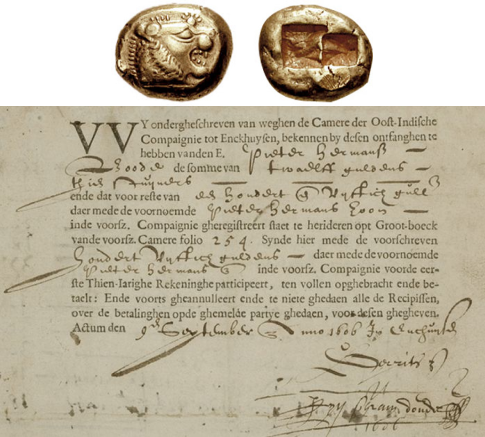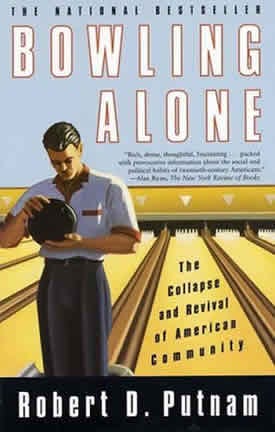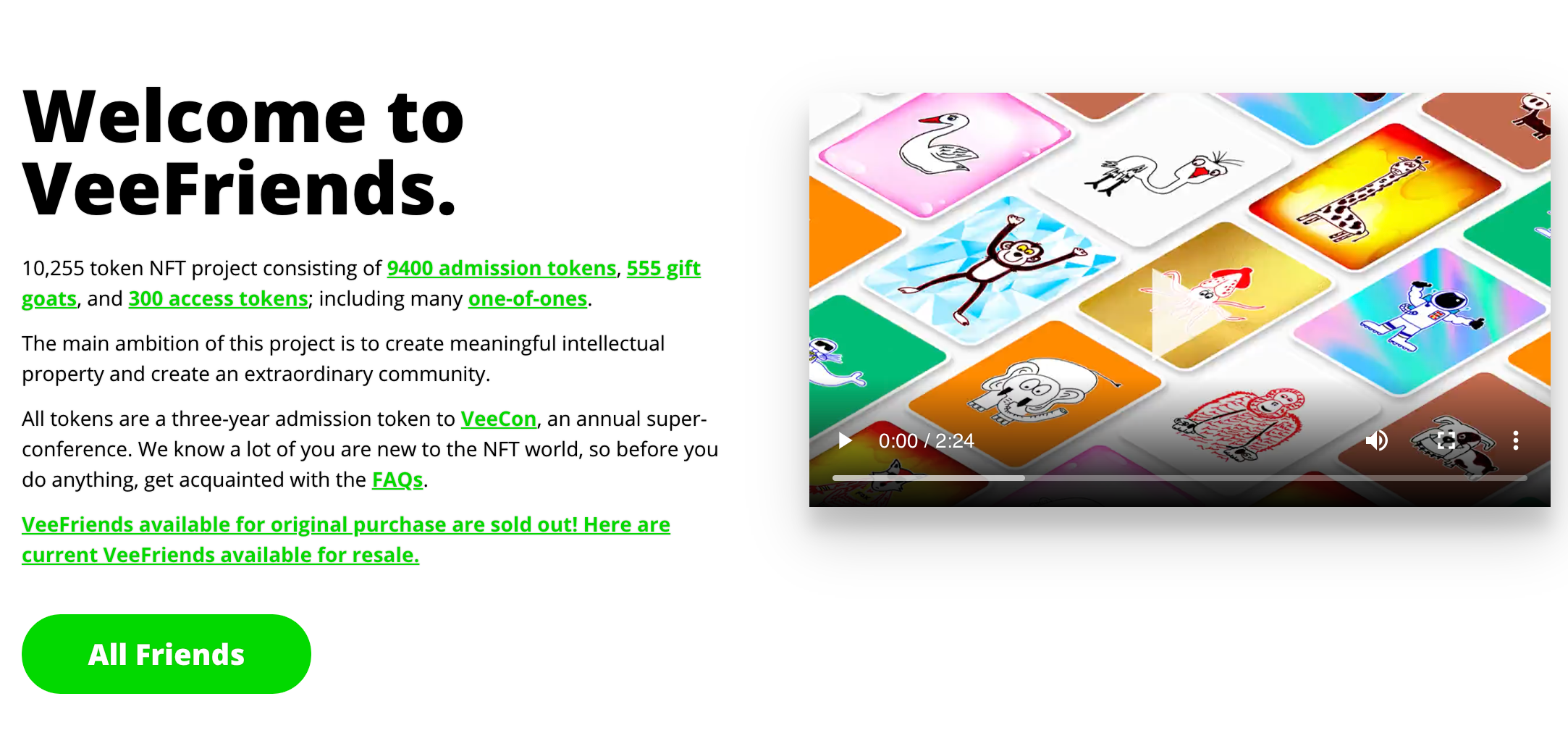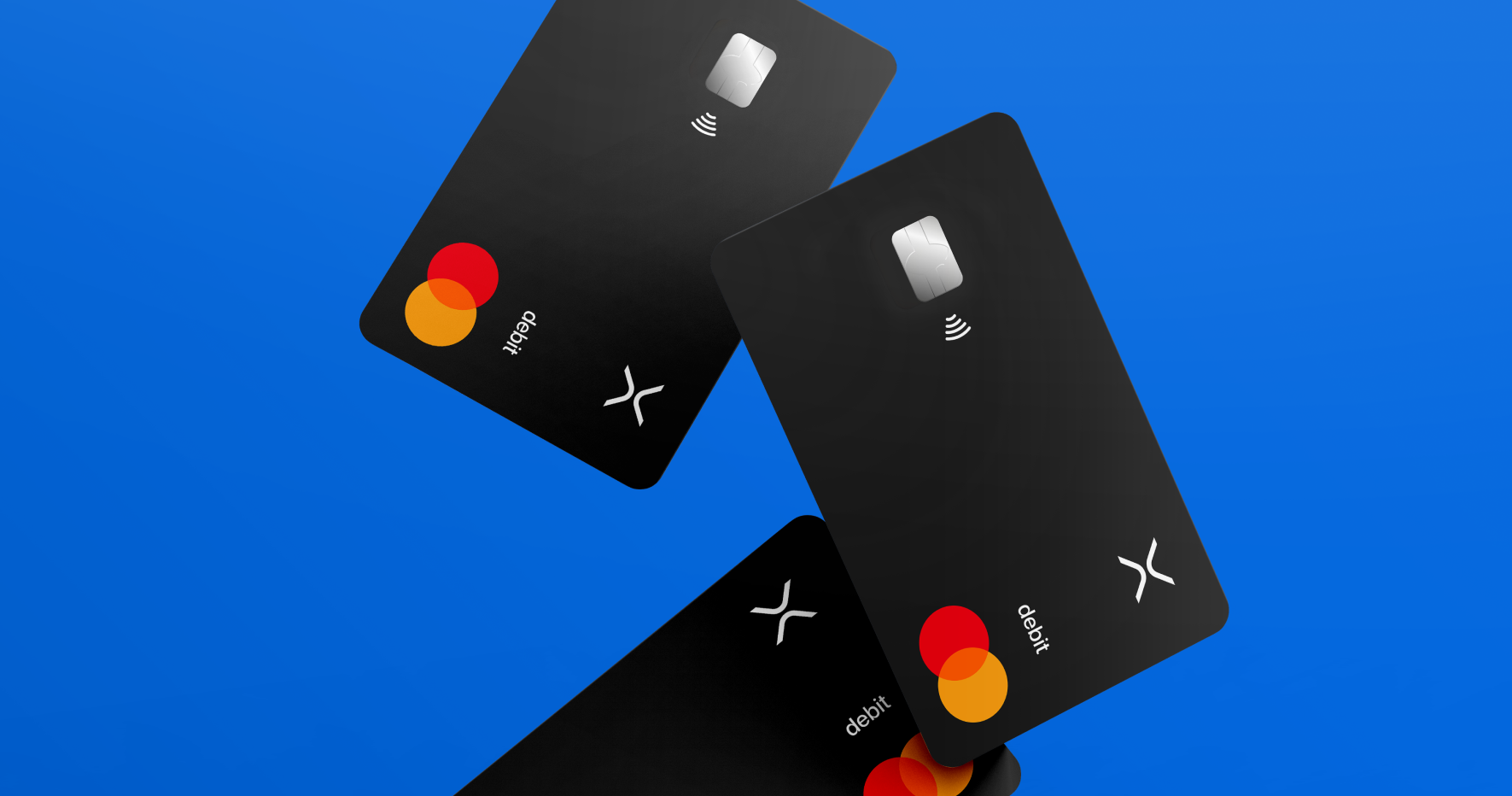The Community Renaissance and Crypto
The crypto-sphere is in the midst of a ‘community’ renaissance. Tokens, NFTs, DAOs, and other crypto primitives will revitalize how we congregate, organize, and participate.
It was 2:07 AM, and I was in a club in Miami Beach on a Friday night. 3LAU was performing, and it was my first post-COVID crowd gathering. Everyone was dancing and enjoying the night out. It was pure bliss!
Suddenly, 3LAU flashed a QR code on the screen. The minute before, people were dancing their faces off. Now, the club was still, and half the people had their phones out trying to scan this QR code.
3LAU had just announced a drop of 99 NFTs. Crypto-heads and normies alike were racing to get them — I was shocked that people were doing CAPTCHAs at 2 AM in the club to get them.

My drunk self had an epiphany that moment— 3LAU was using NFTs as a tool to build a community of his most loyal fans and represent the group’s social capital.
Community is Important
Even though humans have been communal creatures since pre-historic times, we haven’t found a good representation or tool to make it easier to capture and represent the value of communities.
We’ve done a good job creating representations and tools of other abstract concepts — “value,” “debt,” “ownership,” and “enterprise” can be represented by tools like “money,” “accounting,” “stocks,” and “titles,” and “companies.” These representations have made it 100 times easier to do things. We can exchange value, trade goods + services, conceptualize equity, and assess debts easily. Yet somehow, we haven’t quite made the same tools or representations for ‘community.’

Why Care About Community?
Communities are key in building a sense of belonging. They end up defining our norms, values, mannerisms, and views. The communities we’re a part of holistically define us. That is, our communities largely formulate our sense of identity and ego.
We’re Currently in a “Community Crisis.”
Famed sociologist Robert Putnam has been talking about the decline of communities since the 90s, arguing that we have become increasingly disconnected and our communities have withered away.

Studies have shown that folks have fewer friends (here, here), leading to a sense of loneliness and lack of purpose. We’re finding that loneliness is on par with alcoholism and obesity as a health risk. COVID-19 made things much worse; suddenly, our bedrock communities like our officemates, teammates, bar-mates, and neighbors scrambled to find ways to connect and move online.
This…is ironic. The internet and social media have made it effortless to connect with friends and meet others with similar interests from across the globe! We’re just seeing that these interactions are low-engagement, don’t foster deep connection, and perhaps more oriented towards self-presentation rather than community participation.
Community Experiments in Crypto
Perhaps COVID encouraged further online community creation, and thus a need to find a way to organize people — if we could make it easier for people to find communities, want to participate, want to engage, and perhaps gamify engagement, we’d all be better off. Nonetheless, people have realized that we could use cryptocurrency and blockchain to capture all sorts of value related to community — status, content, identity, and value could now be represented on-chain and could play a key role in community interactions.
The past few months have brought a renaissance filled with experiments around NFTs, community-created tokens, and DAse. These tools are being used to represent community, status, value, and ownership. They’re also being used as mechanisms to fuel participation and incentivize interaction engagement.
Social Tokens are Creating ‘Buy-In’ for Communities
Communities like FWB (Friends with Benefits) have issued their own social tokens to represent “buy-in” into the group. To join, you must buy and hold a minimum amount of these tokens, which serve as gated access for members and represent shared ownership of the community. You can imagine a world where positive interactions and contributions could be rewarded with additional community tokens, directly incentivizing participation and gamifying the community experience.

Given that these tokens are associated with real economic value, it creates a world of shared group incentives, where all participants are incentivized to upkeep the community and participate.

Such groups are also experimenting with how governance will work through decentralized autonomous organizations (DAOs).
Trusted Community Wallets
Blockchains give communities superpowers when it comes to payments as every user has a wallet with a balance, and the community itself can have its own wallet. Communities can seamlessly crowdfund, make community purchases with shared ownership, and broadcast verifiable transactions.
Going forward, more ‘trusted communities’ will form and create publicly verifiable wallets to buy communal goods + services and verify that the funds were sent/received on a public blockchain. These groups, non-profits, cooperatives, and municipalities will be able to more easily crowdfund, disperse, and democratize communal public goods. Community leaders will also be able to codify wallet governance, ensuring that decisions have provenance and traceability, thus creating more communal buy-in.
You can see the beginning of this new world emerge. DAOs have already formed to pool funds and invest in goods. They’re already being used to hold digital assets and fractionalize representation of those assets. Projects like Aragon, Syndicate DAO, and GlobaliD are building platforms and protocols to allow easier creation of these trusted communities and bring on new uses.
NFTs are Creating Community
NFT collections like Cryptopunks and the Bored Ape Yacht Club (BAYC) have created a series of randomly generated avatars, each with varying features and scarce attributes. Ownership of one of these NFT collectibles permits access to forums and events hosted by the community. These collectibles effectively build their own culture and community from those that own them and attract others with similar values. These communities have already found ways to work with one another, promote each other’s work, and congregate across the internet and in real life.

Creators are “Communitizing” their Fanbases
Creators are just the first group of people that have realized they’re powerful community moderators who can use these tools to build a community of their fans. They’re issuing their own NFTs and social tokens, which provide gated access and perks to their holders, as well as new revenue streams for their brands. Look no further than artists like 3lau, Grimes, and others. While headlines focus on the new revenue streams NFTs create, they’ve overlooked the organization, secondary market, and discourse among fans created by these NFTs. Just as communities like BASC and Crypto punks have fostered community with NFTs, so too are artists, starting with issuing NFTs at events (just like the 3lau event in the intro).
Other artists like Portugal The Man are using platforms like Rally to issue their own social community tokens, such as PTM Coin.
Community Rewards Will Replace Credit Cards + Points
As these online primitives form, these communities will begin to broker their own deals with retailers, merchants, and partners who want to attract members of the group to their storefronts. DAOs will be able to offer rewards directly to members, where rewards will be issued in fiat, crypto, or a specific community coin. Users will be able to earn specialized rewards and incentives with merchants they’ll have a higher affinity with, thus upending the canonical credit card + points paradigm while creating more community buy-in for members. Companies like GlobaliD are working on this.

This Is Just The Beginning.
These experiments are groundbreaking in that they conceptualize and democratize “community ownership” and community buy-in. They’re at the point where the crypto-sphere is asking really hard questions like,
“What does it mean to own tokens that represent a community?”
“What does it mean to literally be ‘bought in’ or ‘invested’ into a community?”
“What does it mean to make social tokens liquid and resell them for community access?”
“What does it mean to make a community of fans that previously weren’t connected?”
“What tooling is missing to make this accessible?”
These experiments will yield a world where people can easily unionize, seamlessly make group payments, incentivize community members to spend money in specific ways, ‘trade’ community currencies, and foster community participation through earning redeemable community coins. Essentially, these blockchain tools will make it easy for groups to “collectively actionize,” or create a “community union.”
Co-ops will be DAOs, and people will buy into investment DAOs to diversify their investments. Timeshare entities will form on-chain, where members will swap NFTs representing stays at different properties. More fan bases will be represented as a community token, and local municipalities will issue community tokens to serve as alternative currencies with localized incentives. Local shops and restaurants will more easily be crowdfunded through DAOs and social tokens. Balaji Srinivasan does a great job describing how networks can effectively ‘unionize’ in his piece titled, The Network Union.
All this is coming at a time when the world needs it most — right in the midst of this ‘community crisis.’ Representing community on the blockchain won’t directly solve this community crisis, but it will make it easier for people to find interesting groups, congregate with one another, organize, and do things with their newfound communities.
Check out our new platform:
?Twitter : thecapital_io












